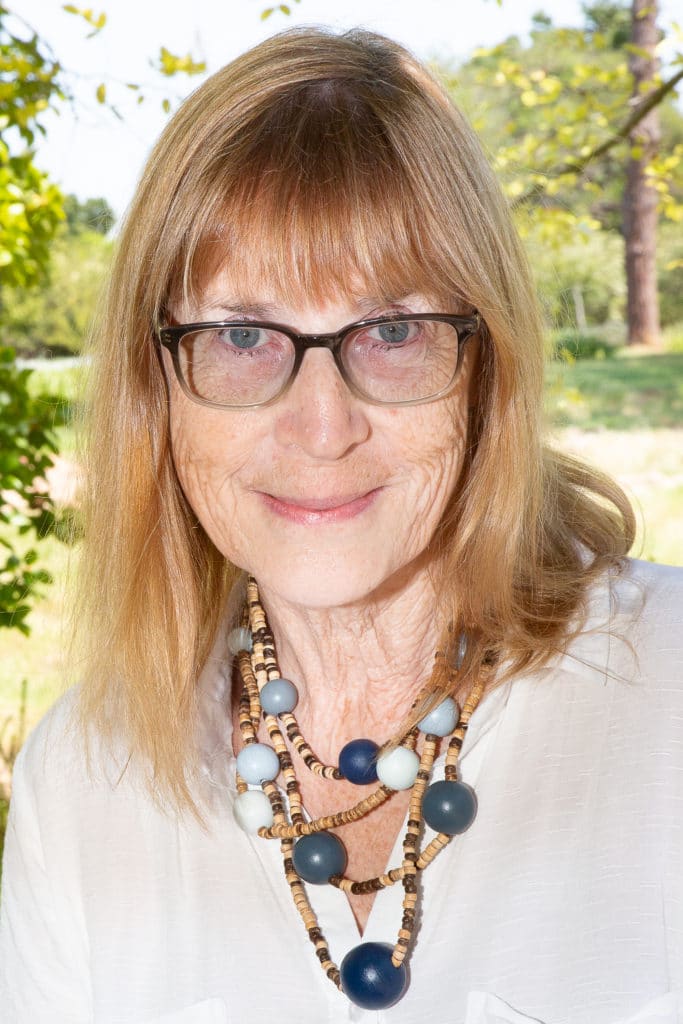“This account of the |Xam language is envisaged as a contribution that will help to restore part of South Africa’s intangible cultural heritage; enrich our understanding of our undocumented history; and, enable work of greater scholarly authenticity when it comes to interdisciplinary studies of the great corpus of |Xam stories and other narratives collected by Wilhelm Bleek and Lucy Lloyd during the 19th century,” said Menán du Plessis, who is affiliated to the Department of General Linguistics at Stellenbosch University. “The project will develop a toolkit for reading |Xam, and will include a comprehensive |Xam-English dictionary with two-way look-up options plus (hopefully) an augmented online version and a comparative reference grammar.”
Du Plessis was presenting information on her STIAS project at the first online STIAS fellows’ seminar.

She explained that ǀXam was one of the !Ui languages within the TUU family – one of the groups referred to under the generic umbrella term of ‘Khoisan languages’. It was once spoken by Sān communities in the Cape and interior of South Africa. She added that the term Khoisan encompasses three entirely different families of African languages that make use of click phonemes but which are clearly not related to other click-using languages such as the Nguni languages of South Africa. Many Khoisan languages are still spoken in Botswana, Angola, and Namibia – and to a lesser extent in parts of Zimbabwe, Zambia and South Africa.
Although now extinct, ǀXam was documented extensively between 1870 and 1880 by German linguist Wilhelm Bleek and his sister-in-law Lucy Lloyd. Well connected in Cape society, Bleek and Lloyd were able to access prisoners incarcerated at the Breakwater Prison in Cape Town who spoke ǀXam. They accumulated a wealth of material, a small fraction of which was published in 1911, in the Specimens of Bushman Folklore. They also started work on a dictionary, but this was never completed.
“A reprinting of the Specimens in the 1960s coincided with a burgeoning neo-romanticism in the Western world. A further renewal of interest from the 1980s onwards saw various scholars approaching the texts from anthropological and literary perspectives, while archaeologists treated them as a key to interpreting rock art and understanding the social life of early hunter-gatherers,” said Du Plessis. “These modern studies have been based purely, however, on Bleek and Lloyd’s imperfect translations rather than the narratives themselves. This is because the language has never been provided with more than a preliminary sketch grammar, while there is also no dedicated two-way dictionary. This project aims to facilitate the reading of the ǀXam texts directly by addressing these gaps.”
The toolkit will include a description of the phonetics and phonology, and an account of the morphology and syntax. It will be supplemented by a dictionary; and will include examples of parsed texts. “The idea is that it will provide a ‘one-stop’ means of accessing this extinct indigenous language,” added Du Plessis.
“Until recently, we have not even had a clear sense of the language’s phoneme inventory, particularly as far as the clicks are concerned, although preliminary suggestions were made by Traill (1995) and Güldemann (2004 and 2013),” continued Du Plessis. “Of course, we have to remember that the very concept of the phoneme did not exist in the 19th century, and while Bleek and Lloyd could draw on contemporary conventions for writing Nama, they were working in completely unfamiliar territory, and grappling with a far more complex system. Their gradual process is visible in their earlier notebooks, which reflect experiments with notation, and an abundance of phonetically narrow diacritic markings.”
To make some sense of the slightly messy picture that emerges, Du Plessis explained that she has consulted Bleek’s own correspondence, marginal notes and published writings; in addition to considering the inventories established by later scholars for related languages of the !Ui sub-family such as ǂKhomani, ǁXegwi, and more recently, Nǀuu. Combining these approaches has helped to establish that ǀXam evidently had the same seven types of click releases found in Kora, for all clicks except the bilabial. Comparison with Nǀuu reveals that some transcriptional variants in ǀXam reflected a single accompaniment type; while some conventions reflected more than one accompaniment type. There is insufficient consistency in both respects, however, to permit a formulaic transliteration of Bleek and Lloyd’s fluctuating notations.
Contested politics
In discussion, Du Plessis acknowledged the link between language, politics, race and conflict. Many original speakers of Khoisan languages would have chosen to assimilate and switch to Dutch and later Afrikaans for work and educational reasons, while others were deliberately massacred or taken as free labourers and forced to assimilate.
“The politics of language is a difficult and highly contested area in South Africa. I tend to work directly with communities who simply want their language to be documented and preserved so that future generations will have some knowledge of it; but I do also come into contact with activists – some of whom want to reclaim a heritage that was destroyed and taken from them. The rhetoric around these issues can sometimes be aggressively heated and is not easy to engage with.”
What is clear, though, is that there is some considerable urgency. With the notable exception of the still vibrant Dama and Nama dialects spoken in Namibia, most of the remaining Khoisan languages are under severe threat. In some cases, there are only a few elderly speakers left, and the language is no longer being transmitted at all.
“In the most extreme cases, some of the last speakers managed to preserve their language only because of sibling relationships,” she said. “It then became a private language of home, personal communication and in-jokes. Once one sibling dies, it’s no longer used.”
“It is a great pity that South African linguists do not pay more attention to the crisis of vanishing languages throughout the region,” said Du Plessis.
Michelle Galloway: Part-time media officer at STIAS
Photograph: Anton Jordaan
